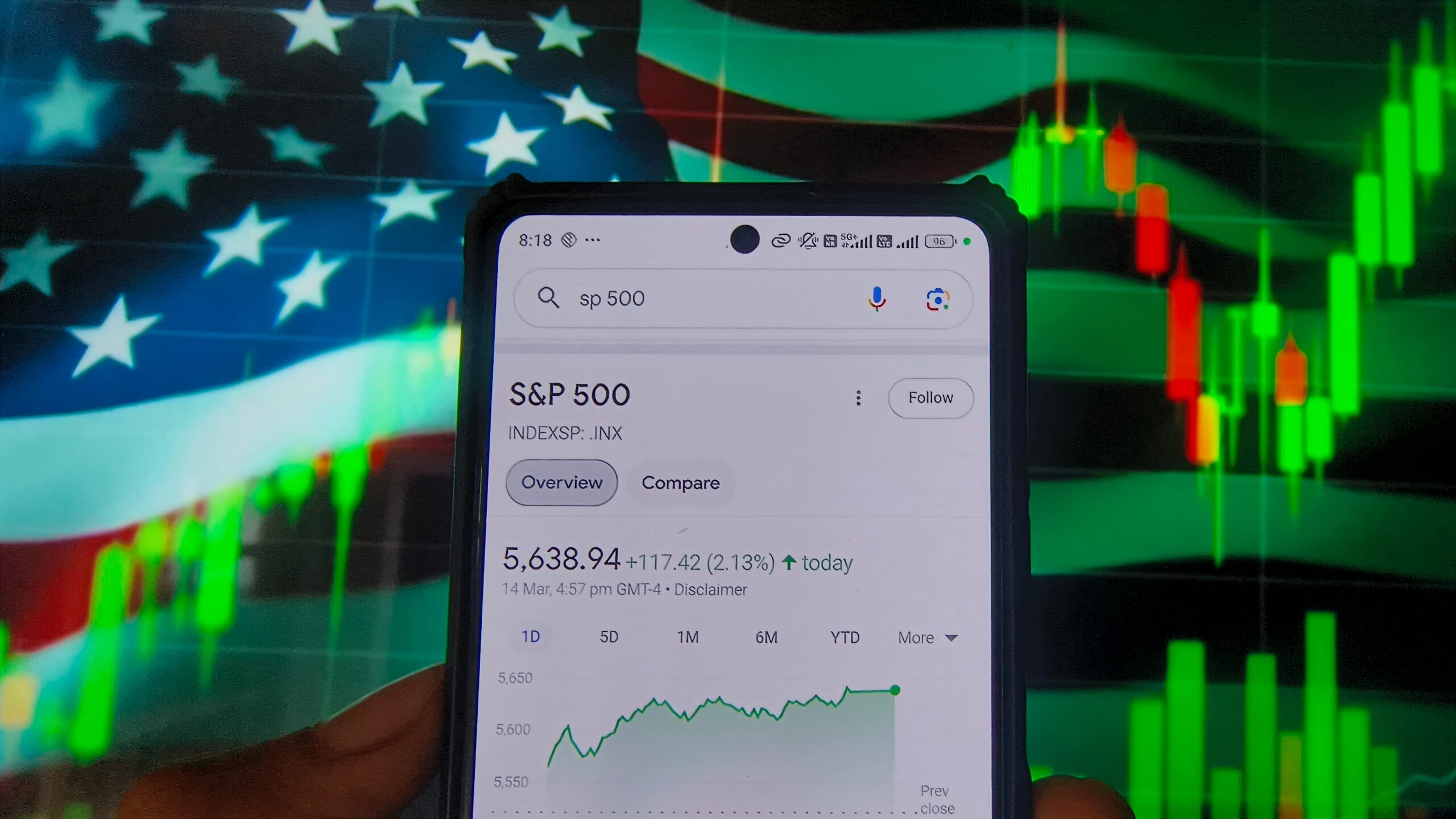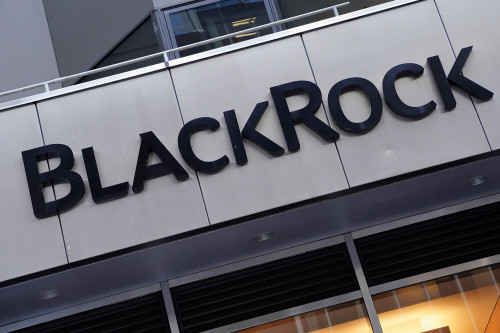
filter: 0; fileterIntensity: 0.0; filterMask: 0; captureOrientation: 0; algolist: 0; multi-frame: 1; brp_mask:0; brp_del_th:null; brp_del_sen:null; delta:null; module: photo;hw-remosaic: false;touch: (0.5383852, 0.50700885);sceneMode: 8;cct_value: 0;AI_Scene: (-1, -1);aec_lux: 0.0;aec_lux_index: 0;albedo: ;confidence: ;motionLevel: -1;weatherinfo: null;temperature: 36;
The Dow Jones Industrial Average scored heavy Friday… after a week of foundering with markets drifting aimlessly, the Dow added 846 points. Good news from Jerome Powwell sparked investors, with heavy buying in all three indexes and all sectors. The S & P 500 added 1.5% after nearly a week of edging lower each day. The tech-heavy Nasdaq Composite awoke, adding hefty 1.9%. Nearly all sectors of all three indexes were higher. “It’s almost a relief rally,” said Carol Schleit, chief market strategist at BMO Private Wealth. “Markets had anticipated more angst.” The Russell 2000, made up of smaller value stocks, had the biggest gain of the indexes, finishing up 3.9%, as heavy trading and pivoting of capital pushed the index “ with the widest gain since November.” The KBW bank index was strong as it closed at a record high, “for the first time since January 2022,” as many large and regional banks announced better earnings. Goldman Sachs added 3.6%. Gold finished 1% higher Friday at $3,418.50. Bitcoin surged, then backtracked hovering in the $115,000 range at closing. For the first time in nearly a week bonds rallied, dragging down the yield to 4.274 on the 10-year Treasury note according to TradeWeb.
Stocks fell Monday as the Dow lost 349 points, unable to sustain upward momentum. Several Magnificent 7 and other high-tech favorites slipped after flat earnings announcement with several pharmaceuticals patients expiring, suffered stock losses, along with softness in the artificial intelligence sector. The Dow Jones finished up 0.8%, while the S&P 500 and Nasdaq fell 0.4% and 0.2% respectively. As September nears, anxious investors and traders await Mr.Powell’s proposed rate hike decision with apprehension and confusion, with signs of a cautious market with trading volumes lighter, and more bond activity. The long wait for a Federal Reserve decision has deflated much enthusiasm in the market. “There is some lack of comfort that Powell’s assertion that tariffs will be mostly a one time increase in prices, will be how things actually play out,” wrote Louis Navellier, chief investment officer of Navellier & Associates, on Monday. The smaller value Russell 2000, slid 1% reacting to the stagnant economy, as the index has been unusually active up until this week. The PCE index (Personal Consumption Expenditures Index), due out Friday and a very integral piece of information used by the Fed Board of Governors to determine a possible rate increase or decrease is highly respected and will weigh heavily on any decision according to FactSet. The highly anticipated ‘due-date,’ is September 17th. The 10-year Treasury yield edged higher to close at 4.274%. Interestingly “many market players are watching the bond market closely to gauge investors for expectations for inflation and economic growth,” according to the Wall Street Journal. Stocks gained ground on Tuesday after a losing Monday. All three indexes crept higher with both the Nasdaq and S&P 500 advancing 0.4% while the blue-chip Dow Jones finished up slightly, 0.3%. The ‘slipper’ Russell 2000 index outpaced all other indexes with an 0.8%, with its heavy small cap value stocks, out performing bigger more popular high-techs and AI securities.
The S&P 500 closed to another high on Wednesday, finishing at 6481.4, “the 19th record close this year. A huge generator of the S&P’s movement was and has been the unbelievable 2nd quarter Nvidia fiscal results. Treasury yields dropped to 4.238% on the 10-year note, however the 30-year edged higher, influenced by President Trump’s firing of Fed Governor Lisa Cook.
RUMBLINGS ON THE STREET
Brian Jacobsen, Annex Wealth Management, WSJ – “We’ve been worried about stock prices,” said Mr. Jacobsen. “Market prices were reflecting very aggressive growth expectations, and whenever the price depends on growth expectations, that creates vulnerabilities.”
Raghuram Rajan, Finance professor at University of Chicago, and former head of India’s central bank, Barron’s – “When politics stop respecting institutions, the ability of institutions to create a better policy environment diminishes.”
Eswar Prasad, formerly head of China research at the Interenational Monetary Fund and currently an economics professor at Cornell University, Barron’s – “The three elements of an institutional framework that are crucial to the U.S. dollar’s dominance are rule of law, a system of checks and balances, and the independence of the central banks, and each of those pillars is significantly being undercut.



